
Salty Sam’s Fun Blog for Children
Number 376
Okinawa
Hello Everyone

The beach in the photograph is beautiful, isn’t it?
lt doesn’t look quite the same as Rocky Bay, there are mountains in the background.
l expect some of you know where Okinawa is and some of you don’t.
lt is an area in the archipelago (group of islands) which makes up the country of Japan.
lt is in the southern part of Japan. You probably know what Hawaii looks like. lt is a bit like that.
Okinawa’s climate is what we call subtropical. That is not quite tropical. A tropical climate is to be found, generally speaking, between the Tropic of Cancer and the Tropic of Capricorn.
Okinawa isn’t as hot as that. But it has warm summers – and winters too.
lt is a beautiful place to live. lt is a popular place for people to holiday.
The islands are surrounded by sparkling seas and beautiful coral reefs.
Many tourists like to go scuba diving and snorkelling there.
ln some ways, this place is different from the rest of Japan. lt has its own language, native culture and way of cooking. You can guess then, that at one time, this region was an independent kingdom.
The people of Okinawa are proud of having their own culture.
Even their art and music is different from that of other parts of Japan.
And everywhere you go, you will see pairs of special, little statues on the gates or roofs of the houses there. These statues are of guardian lion-dogs. One has its mouth open to catch good fortune and the other has a closed mouth to keep good fortune locked in.
Okinawa is the birth place of karate. lf you do karate, you might already know this.
The name Okinawa means ‘rope in the sea’.
This is because is consists of a string of 160 islands, most of them uninhabited (nobody lives there).
Well, this is all very interesting Salty Sam, l can hear you thinking, but why are you telling us about this place in your blog post this week?
Well, the reason is because it is a famous place for a very special reason – the longevity of the people.
This is pronounced ‘long-jev-ity’.
And longevity means living for a long time.
The population here is reputed to live for the longest time of any population on Earth.
How do they do it? l hear you ask.
Well, a lot of scientists asked the same question and set about trying to find the answer. They have been doing this since the mid 1970s and so they now have lots of answers.
There are five special places in the world where people live noticeably longer than the people in rest of the world.
These places have been named Blue Zones.
Lots of people in these Blue Zones live to be over one hundred years old.
The people who live in these places don’t just live for longer either; they live healthy and happy lives too; in other words quality as well as quantity. ![]()
Of course, you will want to know what the other Blue Zone places are as well.
They are Sardinia, an island off the coast of ltaly, lkaria which is a Greek island, Loma Linda in California and an isolated part of Costa Rica in South America called the Nicoya Peninsula.
A peninsula is a finger of land that sticks out into the sea – (it can be large or small).
So now you will want to know about the scientific research and what it found out.
Because, if you can’t go and live in these places and still want to live to be a hundred years old, you had better read on…
The first thing the scientists did was to check that these older people in Okinawa were telling the truth about their ages.
Checking that something is true is called verification.
Because Japan kept good official records, this was easy to do.
The Okinawans live for a long time, and they age well too. They are slim and fit.
An important reason why this is true, is down to genetics. That means they are born to be this way. The scientists found that the people had good genes for living a long and healthy life.
But something else was also observed – and it was very interesting.
lf these people went to live in another place and changed their lifestyle habits, they lost their longevity and resistance to having disease.
Scientists then realised that environment and lifestyle as well as genetics have an influence on your health.
This is what the Okinawans healthy habits are.
- They don’t smoke
- They don’t drink high levels of alcohol
- They stop eating before they feel stuffed full
- They eat fish and soy rather than meat – they have a diet high in vitamin E
- They eat lots of fruit and vegetables which have nutrients and fibre – in their climate it is easy to grow them in their gardens
- They eat healthy fats not unhealthy ones
- They take gentle exercise every day like walking and gardening and swimming
- They don’t constantly rush around getting stressed
- They cultivate a positive attitude to life so that they have good thoughts in their bodies not sour and desperate ones
- They are very spiritual people – if you believe that a divine energy source is supporting you, you feel more contented and less isolated at all times and you understand how there is a meaning and purpose in your life
- They had good coping skills if they encountered problems
- When you are surrounded by people who live this way it is easy to adopt the same way of living. lt is easy to be happy when everyone around you also knows how to be happy.
lt doesn’t seem to be a very difficult formula to follow.
Okinawans don’t have the concept of retirement – where they decide at a certain age you give up your job and start living in repose. So they often keep working to a great age.
They have no notion that at a certain age you are no longer part of the workforce and living in the mainstream. They carry on being considered valuable members of society who continue to contribute.
When you look at this list, you might think you are doing well in one area and not in another.
When you are young is a good time to pick up good habits that will last a lifetime. ![]()
Over-eating is not good for you.
The stomach takes time to tell you when it is full.
You know when you are hungry and so you want to eat something. But if you stop eating before you feel completely full and wait for a while you will notice how a feeling of being full will catch up with you.
The Okinawans practise hara hachi bu, which means 8 parts out of 10 full – or in other words 80% full.
Slightly under-eating appears to be good for you in the long run.
lf you eat really nutritious food, your body needs less of it. You don’t need to eat mountains of food to stay healthy.
You also need to exercise and relax. You need to exercise your mind and your body and you need to relax your mind and your body.
The really good news is that the best way to do this is to choose things that you like to do. The choices will be different for everybody.
Meditation is very fashionable nowadays and even children can learn to do it. Scientists have proved that even a short meditation every day is very healthy for your brain.
A happy, well-functioning person will be a happy well-functioning pupil/student/worker/parent/manager and so on.
So what else can you do to improve your health?
lf you use table salt to flavour your food, change to using sea salt. lt tastes much nicer and is full of minerals.
You could flavour your food with onions or herbs or spices instead of piles of salt. Try chopping some herbs up and putting them into your salad. You could use parsley or dill or basil. You might be surprised at how strong the taste is.
Don’t eat so much food made with unhealthy fats, sugar and wheat. This is the food that puts on weight.
You can get other foods that sweeten like honey and maple syrup that have more nutrition than cane sugar. You can get bread that is made from grains other than wheat.
You can eat potatoes instead of pasta.
Seeds and nuts have high-energy value.
The healthy fats are found in:
Flaxseed, linseed, chia seeds, sunflower seeds, almonds, olives, avocados and coconut
You don’t need a lot, just a little will do.
A little sunshine is good for you, and being in nature as much as you can is good too.
Try to make your own life successful without worrying too much about what other people are doing.
Be nice to them and just accept they might be different from you.
lf you are busy with your own life, you are focussed on that and not comparisons with other people, or judgement of other people, or being jealous of other people.
lf other people aren’t nice, that is their problem – in fact if they are not nice, they probably do have problems!
Not getting what you want in life sometimes makes people grumpy.
But then again, you are more likely to get what you want in your life when you are nice and not grumpy!
Okinawans show respect to other people of all ages and so everyone in turn feels valued!
Mind you, l think we do pretty well in Rocky Bay too.
None of us seem to ever get any older!
lf you like my blog, please support it by telling all your friends and followers about it.
Thank you!
And see you again next Fun Friday!
Love and kisses
Salty Sam

www.christina-sinclair.com


Bill and Bob’s Joke of the Week![]()
![]()
Bob: Did you hear about the lottery winner who was so shocked when he found out that he had won 15 million pounds, he fell into a vat of plaster of Paris.
Bill: No?
Bob: He found he was set for life!
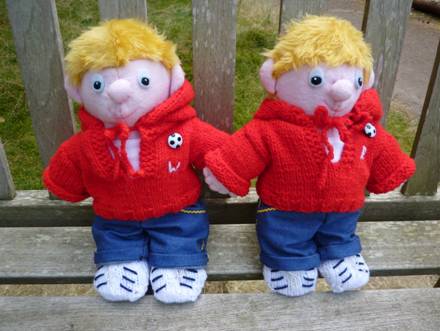
Salty Sam © Christina Sinclair 2015
Unauthorized use and/or duplication of material from this blog without express and written permission from this blog’s author and owner is strictly prohibited.
Links may be used to www.christina-sinclair.com

Picture Gallery
 Fukushen Garden in downtown Naha
Fukushen Garden in downtown Naha
 Incredible tree restaurant Naha
Incredible tree restaurant Naha
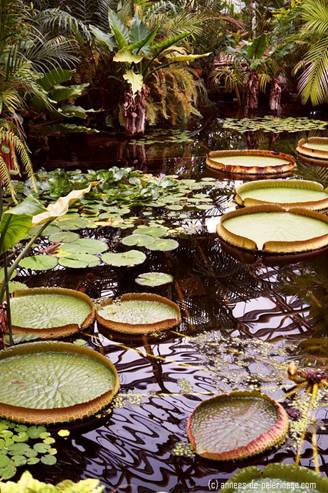 Okinawa
Okinawa



 THE SALTY SAM NEWS DESK
THE SALTY SAM NEWS DESK

This week, Miss Pringle told her class at the Rocky Bay Primary School that she was going to set up a special lesson.
It was called a debate.
There would be a subject under discussion which would be a statement.
People could either agree with the statement or disagree with it.
But she wanted to give them some instructions first about how to behave because the lesson should be a debate and not a fight.
Firstly, she said, you have to understand that even the best of friends may not agree on everything all the time. You can disagree with somebody over a point of view and still be friends.
Some people can even be married and be different religions or vote for different political parties for example, and it never becomes a problem because they make sure that it doesn’t.
During a discussion, opinions have to be put forward in a polite way.
The most important rule in any debate is that it should not get personal.
You should stick to the point and not be rude about someone just because they say something you disagree with.
That is childish and not a very nice way to behave.
Sometimes, if you listen to someone else’s point of view, you can actually learn something that you did not know before.
You may still fundamentally (basically) disagree with their point of view, but you might come to a better understanding as to why they feel the way they do.
Their experience of life might have been different from yours which is why they look at things differently. This very often happens.
You need to stay calm.
You need to let someone else have their say and they need to listen to you.
Talk about things you know to be true.
Keep to the subject and don’t waste time.
Keep calm and don’t get agitated or start shouting. A disagreement does not have to be an argument.
Always think before you speak. Don’t regret something you blurt out without thinking about. It might make someone else feel unhappy.
Spiteful comments can sour a relationship.
Try to find common ground instead of just focussing on what you disagree about.
When you speak use gentle phrases like…
But don’t you think that…
I am sure you know that…
It is my belief that…
But don’t you think it would be better if…
rather than blunt comments like…
No, you are just wrong!
Miss Pringle is going to give her class a list of topics to choose from for their debate. She wants them to talk about things that interest them.
They have to agree about what they are going to disagree about!
She just hopes all will go well.
Difficult discussions often arise in life and everyone has to deal with them.
It is unlikely that you will ever find anyone that agrees with you all the time.
If everyone was exactly the same, the world would not work, because different people contribute different things.
There is a saying that is worth remembering…
It is sometimes better to be nice than right.


*********************
TO ADVERTISE ON THIS BLOG
PLEASE CONTACT:
christina.sinclair.ads@aol.co.uk
*********************

 Hobby Time
Hobby Time
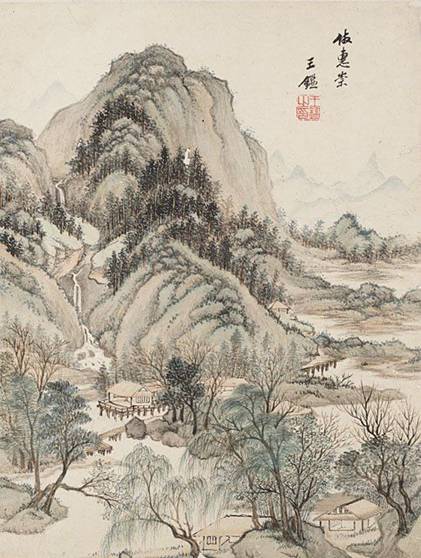
Have you ever heard of ikebana?
lt is a style of Japanese flower arranging that is very simple but stylish.
The word means ‘living flowers’.
lt is something that children can try their hand at because you need very few materials to test out your artistic flair.
lf anyone has artistic flair it will probably show up in childhood.
Just a few shapes of different materials are put together in a vessel. Each element of the display is very clearly seen because there will be space between the sprigs and leaves and flowers.
This style of flower arranging has its roots as a Buddhist expression of how beautiful nature is. lts history in Japan goes back many centuries. Floral offerings were made at an altar and later the art of arranging flowers in this way was brought into people’s homes.
There are different forms of ikebana and millions of people practise the art in Japan today.
lt became popular in other parts of the world from the middle of the 20th century and there are many thousands of teachers around the world who encourage their students in this art form.
lkebana can be divided into two styles: where arrangements are put into shallow dishes and vases (moribana) and tall vases (nageire).
Just a long twig full of blossom and a leaf can produce a pleasing arrangement.
And a background carefully chosen to be set up behind the vase can really set the display off well.
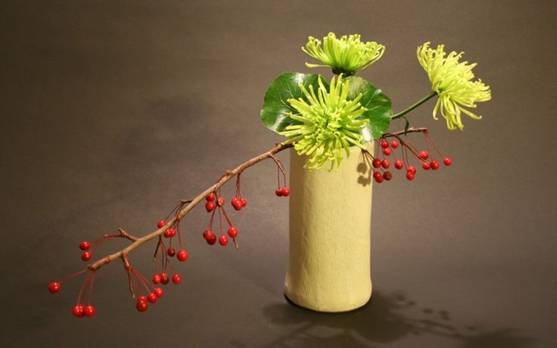



lt’s the Weekend!

HOW TO MAKE A PLASTlC CANVAS DRAWER LlNER
This drawer liner is perfect for putting at the bottom of a drawer when you need a little bit of padding to put your things on – like a hairdryer.
If you drop a hairdryer into a drawer when you are putting it away in a hurry, it won’t do it any good.
Don’t, of course, ever put a hairdryer away in a drawer when it is hot!

Take a sheet of canvas and remove a strip along the width and length of it just one hole wide.
Choose 3 or 4 colours to use.
The drawer liner here is white, orange, yellow and caramel.
So just relate the colours you choose to the picture.
Run a line of cross stitches along the edge then another border leaving five holes between the two borders.
Then fill between them with white cross stitches.

Then fill the centre panel in with blocks of stitches. They are quite random to create an abstract-modern-art kind of design.
You can draw a plan on a piece of paper before you start.
You can just put in stitches as you work and build the design as you go.
You can copy the stitches shown in the photograph.
You are the designer; so it is up to you what you do.
This project will take a long time to do. But it is the kind of project that you can put down and pick up again at any time to carry on. It is not like a knitting project where you have to work out where you are on the pattern if you have left your work aside for a while. It is very obvious where you have got up to when you pick up your panel to start working on it again.
Double cross stitch makes up the small squares and cross stitch are the tiny stitches in the photograph.

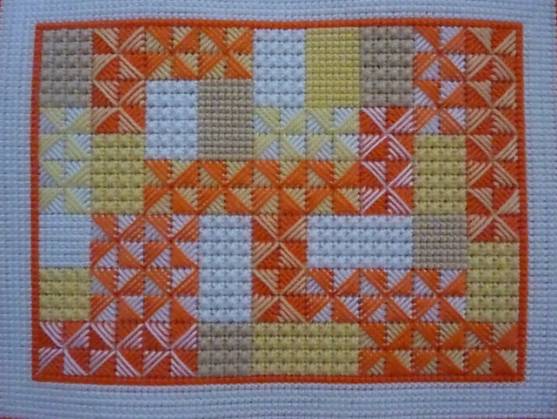
(It looks like different oranges are used here but having different colours underneath the orange stitches has an effect on them. It is the same orange yarn.)
Then put another plastic canvas sheet underneath and sew the two together around the rim. This will cover the back of your stitches and also make the panel a lot more rigid and easier to use.
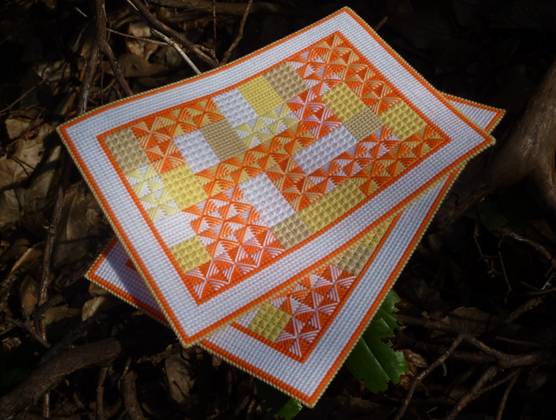
Please note that the material on this blog is for personal use and for use in classrooms only.
It is a copyright infringement and, therefore, illegal under international law to sell items made with these patterns.
Use of the toys and projects is at your own risk.
©Christina Sinclair Designs 2015





Someone I know recommended this blog to me. I was not disappointed!
Thanks for writing in. l am glad you like my blog so much. 🙂
I truly love this blog. It stands out from the rest. Fantastic!
Thank you so much for your lovely comment!